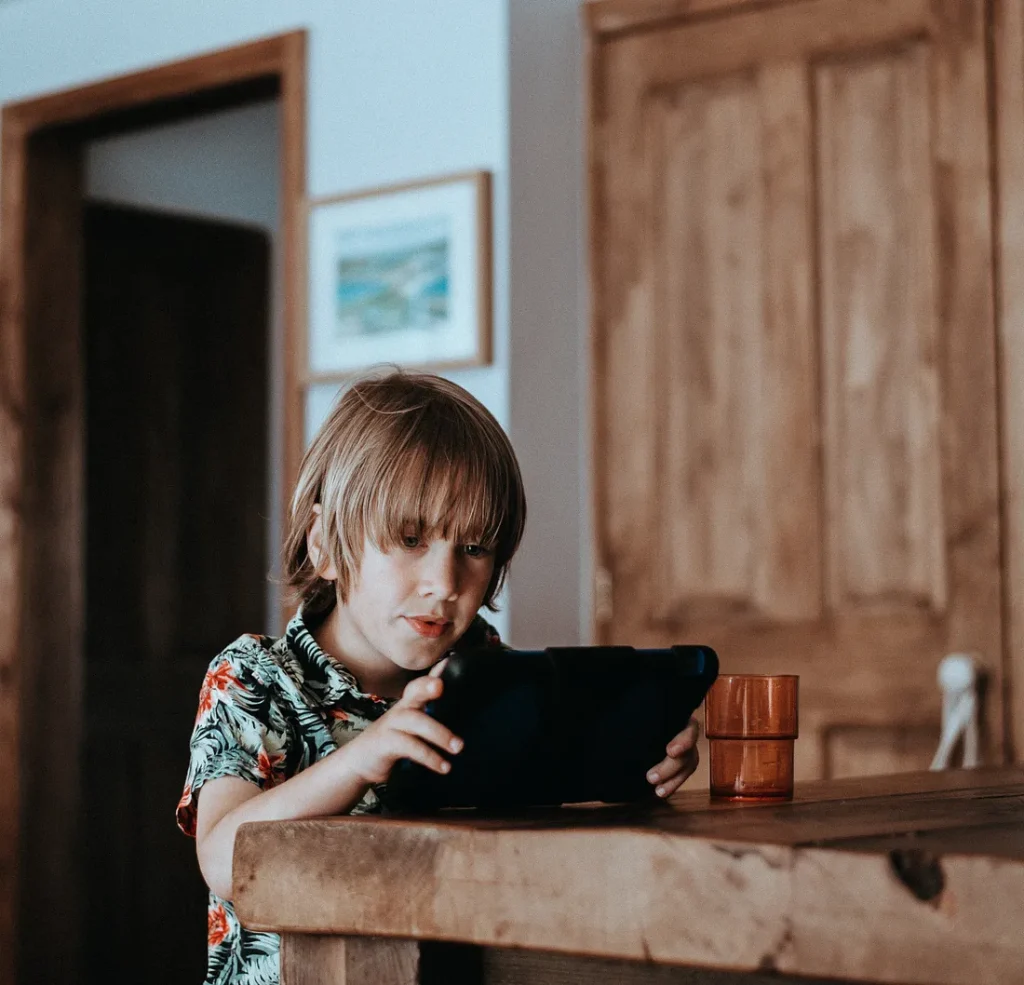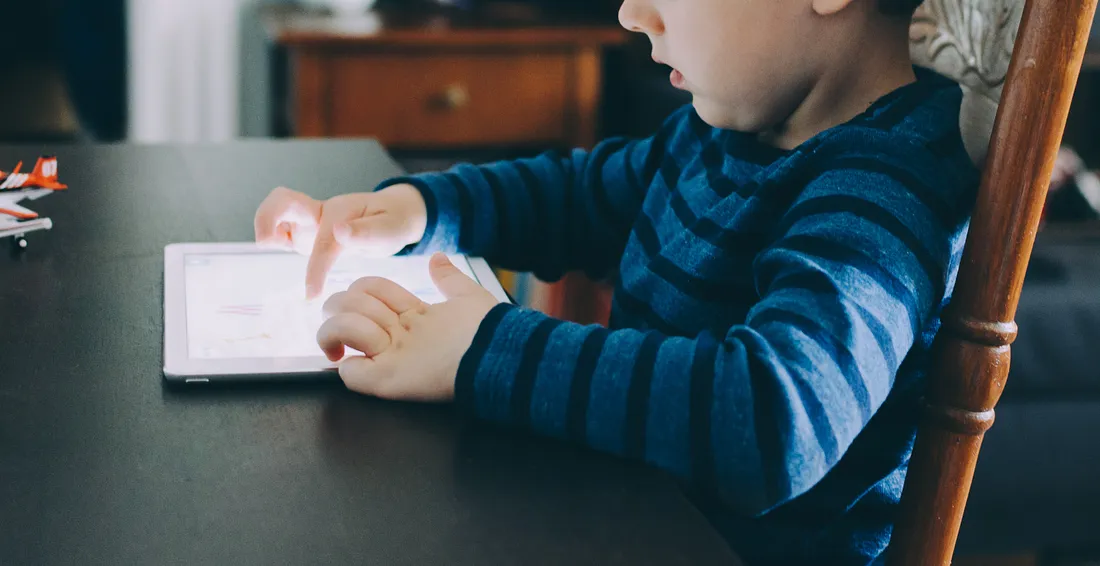Screen time for kids. How much is too much?
According to a survey of U.S parents and caregivers in 2017, the average child spends the largest part of his free time on screen-based activities. For kids between 2 and 8 years old, parents reported that their kids spend 18.6 hours on screen-based play in a usual week.
In today’s digital age screens and children have become inseparable companions. For kids in this generation, the attraction to colorful animations, engaging games, and educational content is clear. For parents, it has emerged as a pivotal concern and they are wondering, how much screen time is safe for their kids. And when does it become too extensive?
In this blog post, I explore these questions, providing insights and guidelines about screen time for our kids.
Understanding screen time
Screen time refers to the amount of time an individual spends in front of screens such as watching TV or using tablets, smartphones, or computers. While some screen activities, such as educational content or interactive learning apps can be beneficial, too much screen time poses risks to children’s physical, emotional, and cognitive well-being.
While some screen activities, such as educational content or interactive learning apps can be beneficial, too much screen time poses risks to children’s physical, emotional, and cognitive well-being.
How much screen time is safe for our kids?
American Academy of Pediatrics (AAP) has recommended following screen time guidelines:
- 18 months or younger — No screen time for kids younger than 18 months, except for video chatting with family.
- 18–24 months — Parents can introduce quality screen time at this age. Parents must also spend this screen time with their children and educate them.
- 2–5 years — Limit screen time to one hour per day of high-quality programming.
- 6 years — Onwards — Set limits on screen time usage and establish a balance between screen time and other physical activities.
Designate specific areas in your home, such as bedrooms and dining areas where screens are not allowed. Support activities like playing outside, crafting, reading, and family gatherings.

Quality of screen time and its importance
Screen time for kids shouldn’t solely be measured in terms of quantity, but also in terms of quality. For children, screen time can be a learning tool if used wisely. Good screen time means choosing things that help kids learn. Instead of just letting them watch anything, it’s beneficial to choose educational content or interactive games that promote learning, creativity, and skill development.
But it’s also good to mix in other activities like playing outside or reading books. This balance helps kids get the best from screen time without missing out on other important things.
The effects of excessive screen time
Development rapidly occurs during the first few years of a child’s life and he learns things very quickly. However, using excessive screen time can affect their social and emotional development and also lead to major problems such as:
Sleep problems:
As night falls, our natural hormonal processes prompt a desire for sleep. Excessive exposure to screen time, especially before bed, disrupts these processes leading to a reduction in sleep quality.
Poor performance:
Excessive screen time for students affects their brain functioning, hinders their attention span, and concentration, and ultimately impacts their academic performance.
Health issues:
Excessive screen time leads to health problems such as obesity and radiation emitted by screens leads to vision problems as well.
Behavioral problems:
Research shows a deep relationship between excessive screen time and behavioral problems, such as aggression and impulsive behavior. And, exposure to inappropriate content can influence a child’s attitude and values.
How can you regulate screen time for kids?
Reducing our children’s screen time is a significant challenge, and measures should be taken to protect them from the adverse effects mentioned above. Here are some tips that can be followed in this regard:
- The best way to reduce children’s screen time is by keeping all electronic devices out of their rooms, thereby minimizing their interaction with these devices.
- Establish specific screen time use and allocate separate times for physical activities such as sports, which promote good health.
- Ensure that children’s mealtimes are free from screens, as this practice can negatively affect their health and contribute to weight gain.
- Thoroughly review the games and social media content that children consume to ensure it is age-appropriate.
- Parents should monitor the content their children engage with on social media, stay informed about their online activities, and educate them about avoiding inappropriate content such as violence or other immoral material.
- Promoting healthy physical activities, including outdoor and indoor games, spending time in nature, and engaging in family or friend activities, are among the best strategies to reduce screen time.
Conclusion
Children’s screen time is a major issue that needs attention in today’s digital age. By examining the above-mentioned problems and their solutions, we should mindfully plan how much screen time is safe for our kids and what quality of content should enrich their lives.
